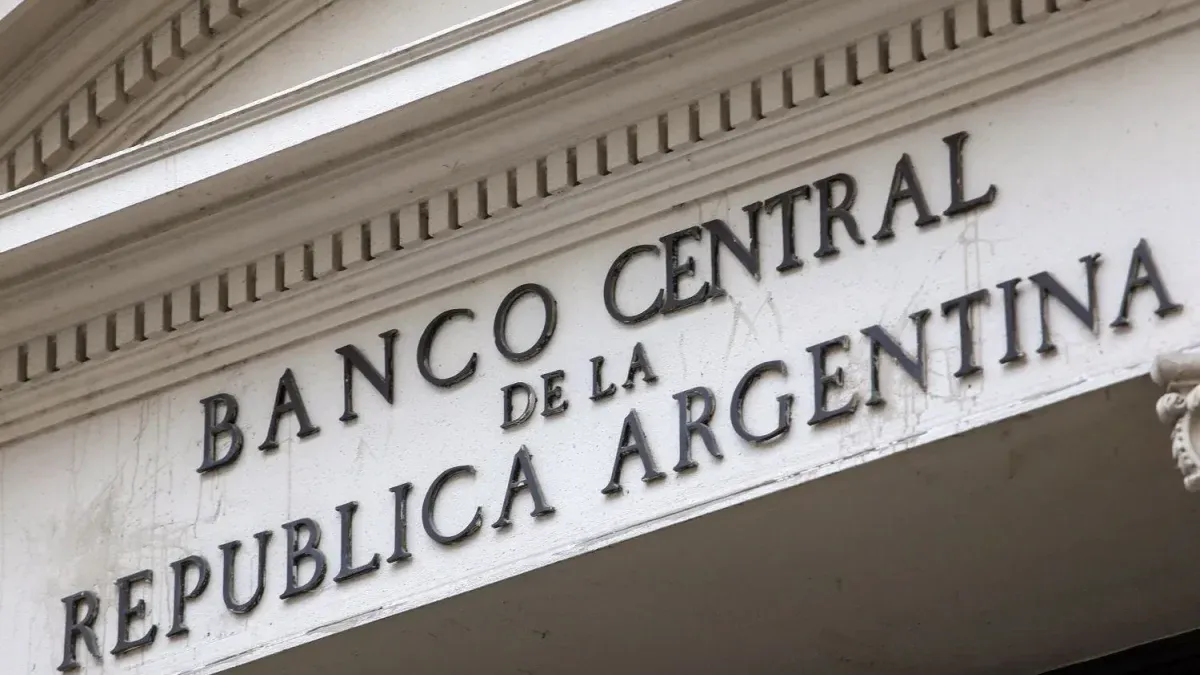A study Recent work by economist Ramiro Castiñeira, from Econometrica, suggests that there will be a strong reduction in what is called the expanded monetary basethat is, the amount of money plus the liabilities of the Central Bank as a consequence of the policy that the team is implementing Luis Caputo. The data was supported by the President Javier Milei for the X network, as a sign of the path to follow to begin to stabilize the economy. Although some economists raise objections.
Taking the records of the Central Bank, the economist Ricardo Inti Alperto, from the Tecnopolitica Consulting, maintains that the pesos issued by the monetary authority They are not being “demanded” by the public, even if they are fewer. Inti Alperto estimates that “The issuance of pesos in the last 30 days amounts to $124,361 per inhabitant” and details that “M3 (currency plus public and private deposits) grew by 13.3%.”
“From “With the inauguration of the government less than 7 weeks ago, the amount of deposits in pesos per person grew by $259,969”details the economist, who warns that “The M3 grew by $284,301 per person”. The coordinator of Tecnopolitics specifies that under these conditions ““To expect a noticeable drop in inflation or the exchange rate is illusory.”
The daily balance of the BCRA as of January 18 shows that M3 went from $47.8 billion 30 days ago to $54.2 billion, while total deposits went from $41.7 billion to $47.5 billion.
In this regard, the consultant Salvador Distéfano points out that “the monetary base adds up to $10.1 trillion, and the remunerated monetary liabilities amount to $30.7 trillion, a total of $40.7 trillion”. Distéfano says that the same base is what existed at the beginning of Javier Milei’s mandate.
Instead, he warns that “Remunerated monetary liabilities as of December 10 stood at $22.9 billion, and today they are at $30.7 billion, which implies that they rose $7.8 billion, largely due to the remuneration of the stock.”
In statements to Ambit, The economist stated that The first moment of greatest seasonal demand for pesos has already passed. “In December and January, but then demand seasonally drops until June and July”he detailed.
For this reason, he considered unlikely that inflation could fall to single digits by April or May this year as some economists propose. “The only thing that can lower inflation is for investment to rise. And in general while the adjustment is made at the speed of a hare, the investment is at a snail’s pace”, he gave as an example. In that sense, he believed that it is important for the government to offer signals to the market of greater governability to encourage investments.
Federico Furiase, one of the economists who works in Luis Caputo’s teams, and who comes from the consulting firm Anker Latin America, proposed a defense of the Government’s monetary policy on his social network and consider that the base is falling.
His account X states that the Treasury tenders of December 20 and January 16 allowed the extension of the maturity profile to 2025. “Repos are lowered ($3.6 billion) with a contraction of the monetary base ($0.7 billion) due to the repurchase of debt from the BCRA and the pesos that will be used to buy dollars from the BCRA due to maturity in dollars. Interest 24 compensated for debt repurchase from the BCRA. “It deflates the BCRA balance,” he noted.
For some economists, The reduction of the monetary base, even if it is due to the effect of inflation that eats away at the value of the currency by having a negative interest rate, does not explain much of the situation if it is not combined with an increase in the demand for pesos. On the other hand, they point out that the counterpart to the improvement of the BCRA’s balance sheet is an increase in Treasury debt, which is equivalent to taking water from one container and putting it in another.
Source: Ambito




